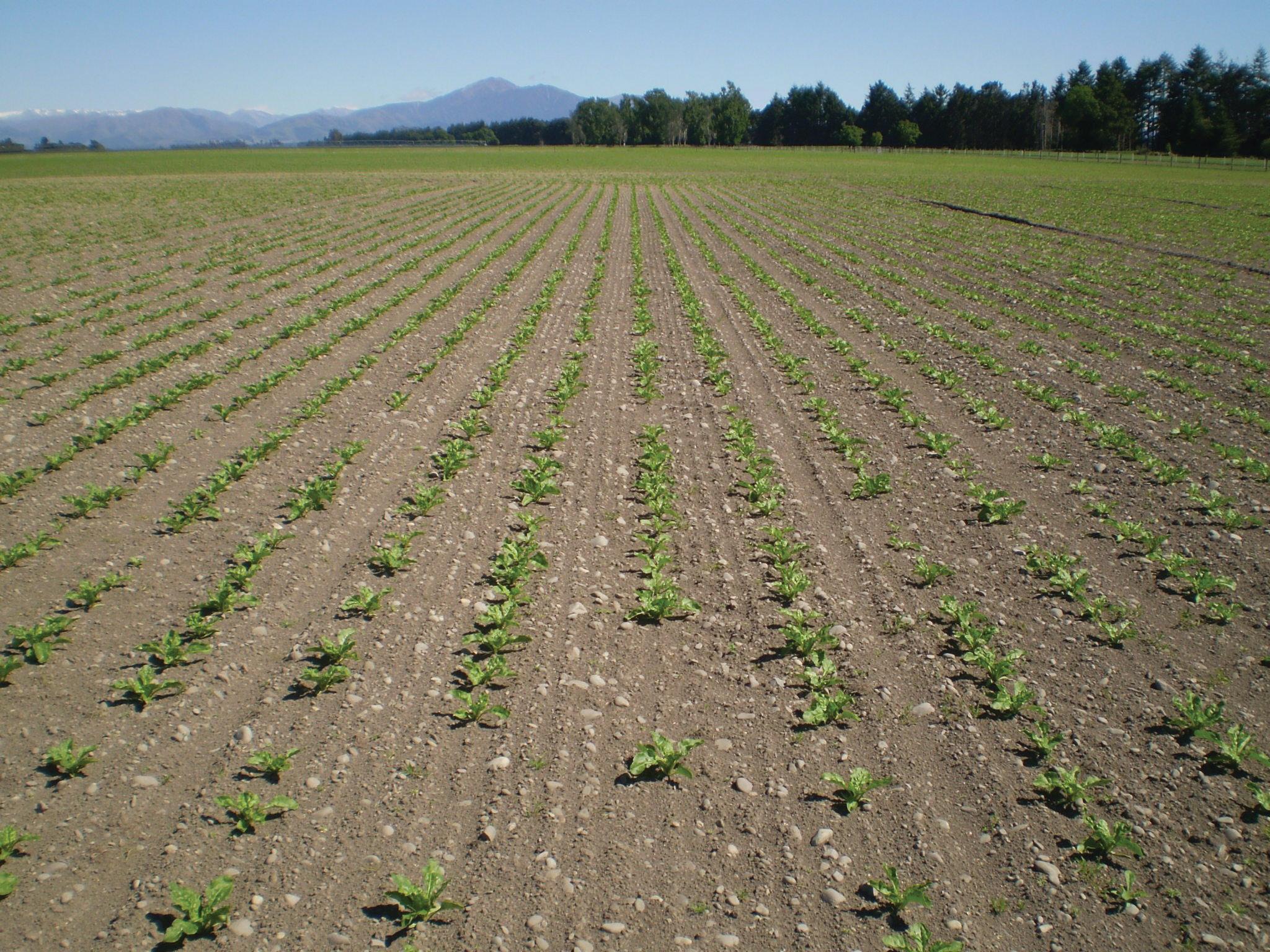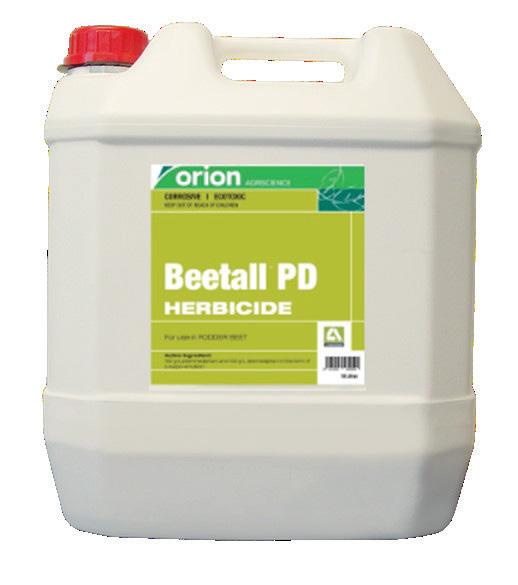
6 minute read
Cashing-in on the culls
Cows are holding condition.
Caught by Covid-19 with a mob of cull cows, Paul Rogers kept on milking them. Photos and story by Karen Trebilcock.
When Otago farmer Paul Rogers couldn’t get his 135 culls into the works due to the Covid-19 lockdown he started to think of other possibilities.
“They were telling me we could get 20 in this week and then another 20 or so and I just didn’t want to be left feeding the rest after we’d dried off,” he said.
As well, the beef schedule at the time wasn’t flash and he had 1000 bales of balage he didn’t need.
So he decided to keep milking.
The herds on the two farms on the Taieri – one (195-hectare milking platform) milking 630 cows, and the other, fiveminutes’ drive away, 550 cows (245ha selfcontained) – were dried off as normal at the end of May with an empty rate of 12%.
But the empties, culls and the late calvers were kept milking and put together on one farm making a mob of 200 cows, or four rows in the 50-aside herringbone dairy.
During the winter they spent nights in herd homes fed silage and a small amount of palm kernel and their days were on the fodder beet paddock next to the dairy with balage.
On the way between the herd home and the beet paddock they passed through the dairy and got milked once a day at a respectable 9am, after everything had thawed a bit and the sun had come up.
It only took farm manager Daniel Bellamy with Don Lolo and Nico Caeiro, who has been milking in New Zealand for six years after arriving from Argentina, an hour to milk the cows and move them on to a new break of beet.
In late June production was holding at 1.2kg milksolids (MS)/cow/day average which is where they were at in May before the herd was dried off.
“They’ve just kind of sat there doing the same production,” Paul said.
Fed 18kg DM/day, body condition was also holding.
“It’s not as if the empties are supporting a growing calf.”
Fonterra picked up the milk every second day without a winter milk contract in place.
“This is just a trial, we’re not locking into winter milk just yet.”
Whether it works financially, Paul has no idea.
Made onfarm at the cost of about $30 a bale (excluding the grass), in the summer it was worth about $80.
With the winter crops in the south not the best after last year’s wet spring

UNDER 40c PER LITRE!
Taieri farmer Paul Rogers.
and then the dry, balage was now hard to come by and it had skyrocketed to $130 a bale.
“I am tempted to sell it but the main thing is what we’re doing is not impacting on the coming season’s grass and that’s what’s important.”
The late calvers are due in October and a few in late September and will be dried off so they have 60 days dry before calving.
The rest of the cows Paul is not so sure about.
Calving is due to start 29 July and if the empties are still milking okay he might just keep them going.
“I don’t like how cows calve later and later each year and eventually are culled because they don’t get back in calf in time.
“Their genetics are fine, they shouldn’t be going to the works, but that’s what we do.
“If I can keep milking these empties and then get them back in calf this season then why not?
“It might mean we can rear less replacements, or sell young stock so that’s another cost saving to factor in.
“Also it would give us more culling options and we can get rid of the cows we really don’t want.”
However, going to once-a-day milking throughout the season is not an option for him.
“It’s not really for us. We’ve also tried 16-hours but the staff don’t like it and I don’t see the benefits.
“When it gets tight we usually have one herd on twice-a-day and a smaller herd on once-a-day on each farm and that works best.”
Although milking through the winter means more plant costs including electricity, Paul said the cows were only getting fed 4kg drymatter (DM)/day more than they would be on winter rations.
Ngahiwi Supplementary. Profitable calf rearing starts here.

Ngahiwi Farms has been a trusted supplier of premium Calf Milk Replacers to New Zealand farmers for over 30 years. Ngahiwi Supplementary CMR is our most cost effective offering. Combining a well-balanced protein & fat-level milk powder with probiotics, prebiotics, essential oils, a vitamin mineral premix and coccidiostat included - Suitable for dairy farmers fortifying whole milk or as a stand-alone powder for colostrum-proven calves this easily digested, nutrient rich product delivers everything a calf needs.
ASK YOUR LOCAL MERCHANT TO QUOTE NGAHIWI
0 8 0 0 C A L F M I L K ( 0 8 0 0 2 2 5 3 6 4 ) www.ngahiwifarms.co.nz


Above: Farm staff (from left) Nico Caeiro, Daniel Bellamy (farm manager) and Don Lolo in the 50-aside dairy. Right The three herd homes on the farm near Dunedin.
Although he knows what the cows are producing as an average, without milk meters he was relying on his eye, the eyes of his staff, and the cow’s genetics to make sure it was worth keeping individual cows going.
He said the three herd homes on the farm were key to winter milking.
Built because of the farm’s vulnerability to flooding, they are across from large silage bunkers and Paul was impressed how they offer “lots of shoulder room” for cows to feed along both outside walls.
“They’re a good, solid Kiwi solution.”
Underneath them three million litres of effluent can be stored to be put out on paddocks when weather conditions are right, keeping it out of waterways.
“We’re winter milking this year just to see how it goes. We’ve got the feed and




we’ve got the infrastructure and we’ve got the staff.
“If we hadn’t been partly forced into it because of Covid-19 we wouldn’t be doing it.
“Whether we do it again I don’t know. There’s not a lot of science and financially there are too many unknowns to do budgets.
“We’ll just see how it goes.”
















